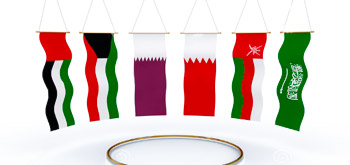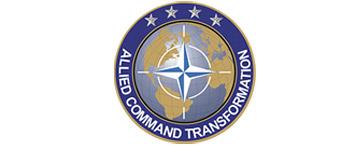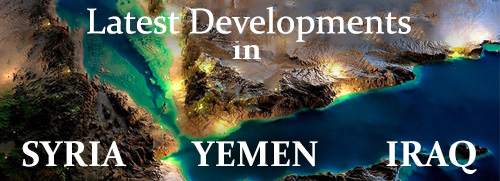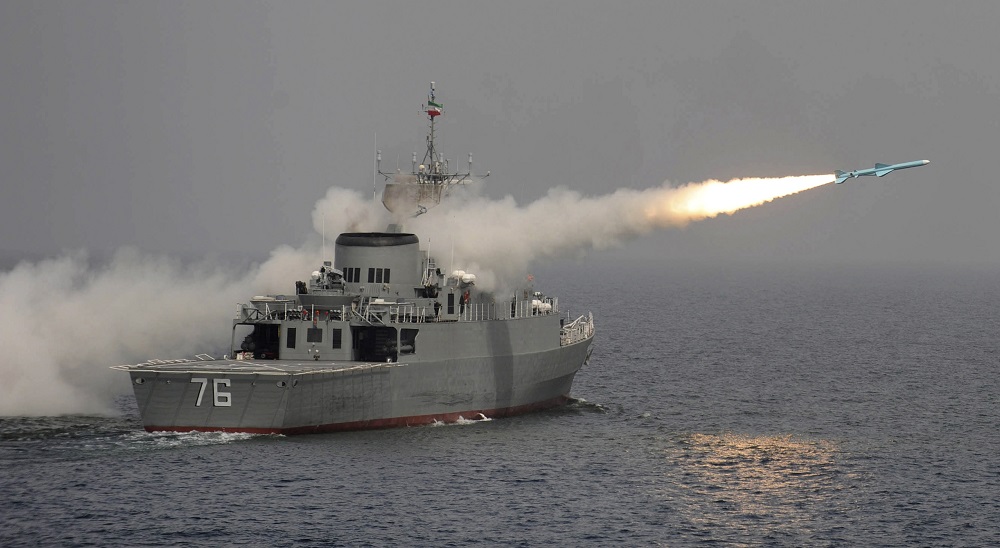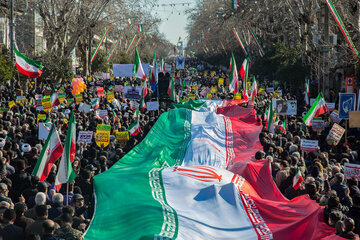Alwaght- An American website site has urged the country’s incoming government to try to hinder the fast growing power of Iranian navy.
In an article on the Foreign Affairs site, Yoel Guzansky refers to the fast growing power of Iranian naval and its expansion to far reaching seas and says “the Trump administration should respond by developing a more comprehensive Iran policy that pushes back against Iranian ambitions”.
Recently, Tehran officially declared its intentions to build two naval bases in Syria and Yemen, beyond its own borders. “The two bases would fit into Iran’s larger plan to expand its reach both regionally and beyond. Tehran is in the process of building up its presence along the coasts of the Persian Gulf and the Gulf of Oman, a policy that it also announced in November,” the article says.
“To further this goal, Iran is conducting visits to and joint naval exercises with countries in Africa and Asia. In May 2013, Iran’s navy paid a visit to the Chinese port of Zhangjiagang, and later that year, it sent two warships and a submarine to Colombo, Sri Lanka. In 2014, China reciprocated by sending, for the first time, two ships to the Iranian port of Bandar Abbas to conduct joint naval exercises, ostensibly focused on antipiracy operations. And in January of this year, Tehran dispatched an Iranian navy destroyer to the Indian port of Visakhapatnam, also to conduct joint naval drills,” it added.
The article goes on to say “A month later, Iran sent naval ships to Karachi, Pakistan, and discussed maritime collaboration with Islamabad. Finally, in November, two Iranian vessels sailed to the South African port of Durban after docking in the Tanzanian port city of Dar es Salaam. Sayyari later announced that Iran had “for the first time … succeeded in circling the African continent and has sailed into the Atlantic Ocean.”
The writer further assess the process as an increasingly fast advancement of Iranian domination on waters at its borders as well as far off coasts. It concludes “the expansion of Iran’s navy is picking up enough speed that it is worrying the country’s neighbors. In 2009, Iran began conducting independent operations near the Gulf of Aden, claiming that it was fighting piracy, and in 2011, it sent two ships through the Suez Canal while en route to the Syrian port of Latakia”.
The writer also points to repeated failed attempts by Persian Gulf Countries to form a similar naval force by saying “Saudi Arabia proposed forming a joint Arab naval force that would be initially led by Riyadh; the plan was brought up again in 2014 and 2015 but has been stymied, apparently, by disagreements among the 11 countries involved about the force’s composition and tasks”.
The article paints Iranian naval power as a potential to thwart US domination on regional seas and says “If left unchecked, Iran could potentially develop the capacity to threaten crucial shipping lanes in the Caspian Sea and the Indian Ocean. As a result, Iran’s recent announcements of its plans to expand its regional presence to the Red Sea and the Mediterranean could spur cooperation between Israel, which is also seeking to curb Iranian influence, and the Arab world”.
“For its part, the United States under President Barack Obama has shied away from confrontation with Iran in almost all instances,” adding that “the lack of action is costing Washington its credibility as a counterforce to Tehran”.
The article finally advices the next US president to draw a plan to counter Iran’s Navy by saying “the incoming Trump administration should do more to counter the threat posed by Iran, particularly in the naval arena”.






